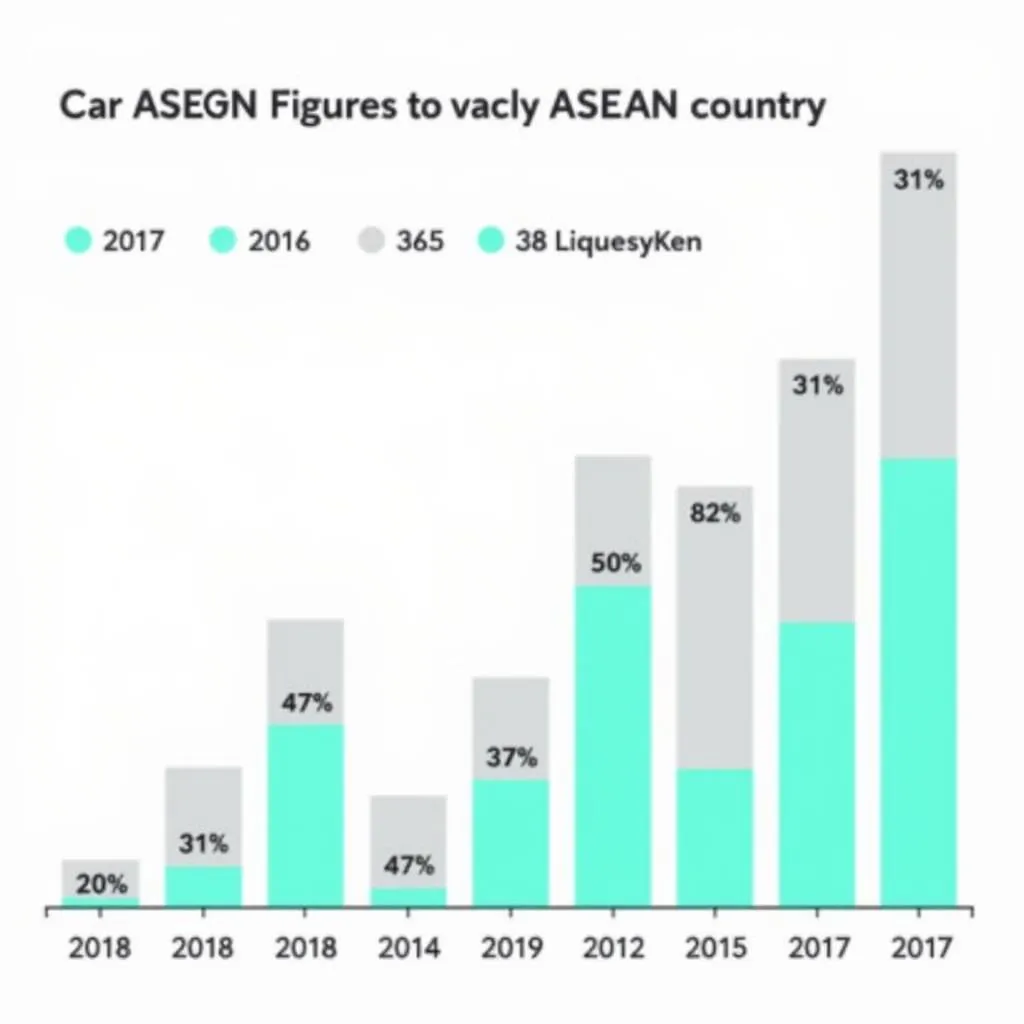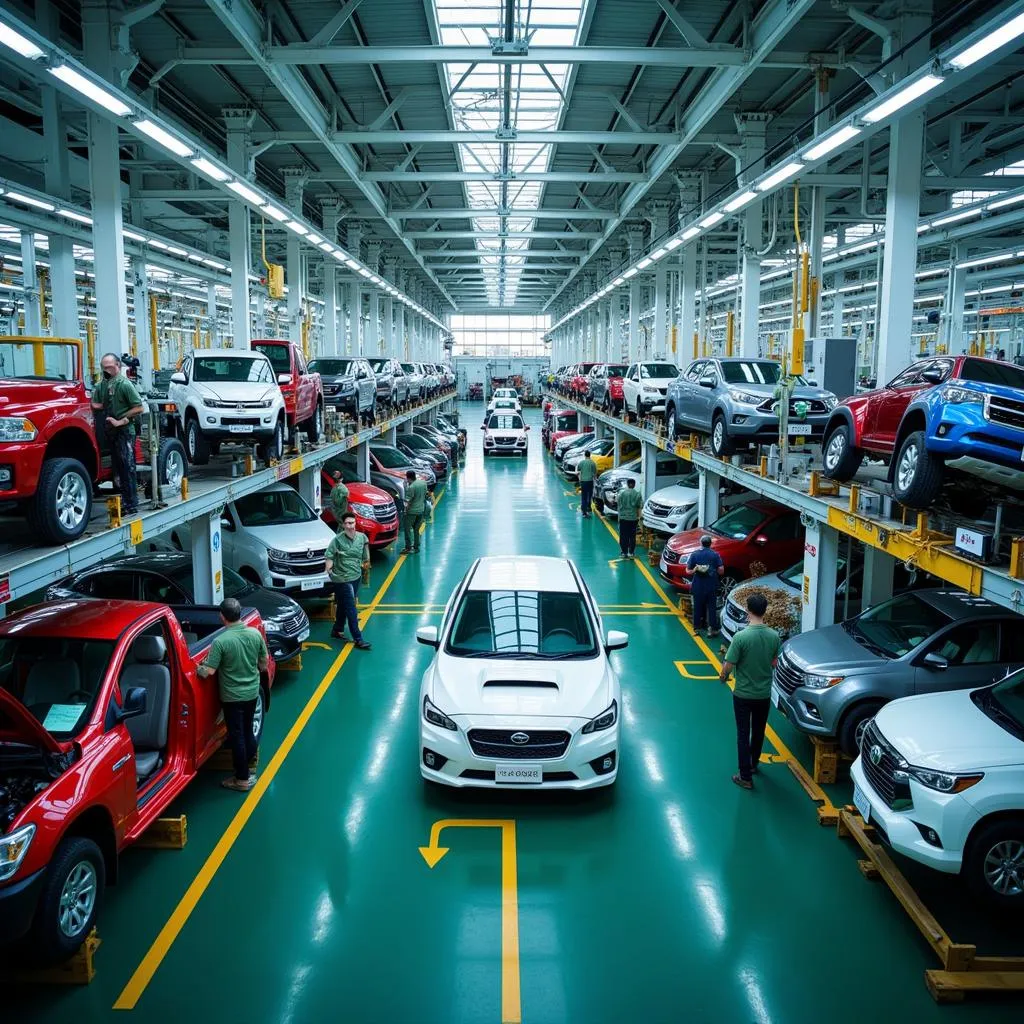The ASEAN automotive market witnessed significant growth and underwent a period of dynamic transformation in 2017. Driven by factors such as a burgeoning middle class, increasing urbanization, and rising disposable incomes, the region emerged as a key player in the global automotive landscape.
 ASEAN car sales figures in 2017
ASEAN car sales figures in 2017
Key Trends Shaping the ASEAN Automotive Market in 2017
Several key trends significantly influenced the ASEAN automotive market in 2017, shaping its trajectory and paving the way for future developments.
Rising Demand for Passenger Cars
The demand for passenger cars surged in 2017, fueled by increasing disposable incomes and a growing preference for personal mobility. This trend was particularly evident in emerging economies like Indonesia, Vietnam, and the Philippines.
Growing Popularity of SUVs
The SUV segment experienced remarkable growth in 2017, driven by consumer preference for vehicles offering a combination of space, comfort, and versatility. SUVs became increasingly popular among families and individuals seeking adventure and recreational opportunities.
 Popular SUV models in ASEAN during 2017
Popular SUV models in ASEAN during 2017
Increasing Focus on Fuel Efficiency
With rising fuel prices and growing environmental concerns, fuel efficiency emerged as a crucial factor influencing consumer purchase decisions. Automakers responded by introducing fuel-efficient models and incorporating technologies such as hybrid and electric powertrains.
Government Initiatives and Policies
Governments across the ASEAN region played a proactive role in shaping the automotive industry through various initiatives and policies. These included tax incentives for fuel-efficient vehicles, investments in infrastructure development, and the promotion of electric vehicle adoption.
Challenges and Opportunities in the ASEAN Automotive Market
Despite its impressive growth, the ASEAN automotive market also faced several challenges in 2017. These included:
- Infrastructure constraints: Inadequate road networks and limited public transportation options in some countries posed challenges for the automotive sector.
- Competition from global players: The ASEAN automotive market attracted significant interest from global automakers, intensifying competition and requiring local players to adapt and innovate.
- Economic and political uncertainties: Economic fluctuations and political instabilities in some countries posed risks to the industry’s growth trajectory.
 ASEAN as a hub for automotive manufacturing in 2017
ASEAN as a hub for automotive manufacturing in 2017
Conclusion
The ASEAN automotive market demonstrated remarkable resilience and growth in 2017, driven by favorable economic conditions, evolving consumer preferences, and supportive government policies. While challenges remain, the region’s long-term potential as a global automotive powerhouse remains strong, presenting significant opportunities for both local and international stakeholders.

